Goody04
New member
Over the past few months, I’ve been on a mission to upgrade my pool table setup. I went from an oversized 8ft Gold Crown IV to a 9ft Diamond, and once that was in place, I knew the next step had to be lighting. For years, I was relying on a basic LED shop light from a big-box store. It worked, but after playing in countless rooms with professional-grade lighting, everything from perimeter lights to Littman fixtures, I realized it was time to take things up a notch. After a lot of research (and more than a little indecision), I decided to build my own light modeled after the Littman 8x2 design. The project took some real effort, and honestly, it wouldn’t have been possible without the help of a family member who’s a skilled carpenter. Big thanks as well to @Beacon 's post ( https://forums.azbilliards.com/threads/led-flat-panel-table-light-made-my-own.567023/ ) which was a guide for the build. The materials list provided was enough to make 2 lights and still stayed under the price for 1 Littman light.
Materials used:
Please let me know what you think.
If anyone wants a more detailed breakdown of the build process, feel free to shoot me a PM.
Materials used:
- 56 linear feet of poplar, from a local lumber yard
- Four 2x4 LED panels (9,000 lumens each, color selectable) from Sunco Lighting
- Four 2x4 parabolic lumen panels (3/4x3/4x3/8 louver cells) from KastLite
- Kilz primer + Rustoleum black semi-gloss for finishing
- Aircraft cable for suspension
Please let me know what you think.
If anyone wants a more detailed breakdown of the build process, feel free to shoot me a PM.
Attachments
-
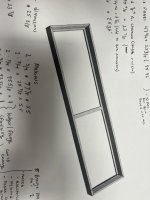 IMG_1630.jpg123.8 KB · Views: 147
IMG_1630.jpg123.8 KB · Views: 147 -
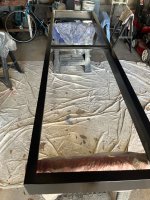 IMG_1663.jpg288.2 KB · Views: 124
IMG_1663.jpg288.2 KB · Views: 124 -
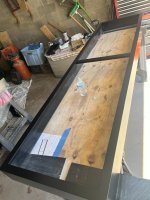 IMG_1664.jpg205.1 KB · Views: 127
IMG_1664.jpg205.1 KB · Views: 127 -
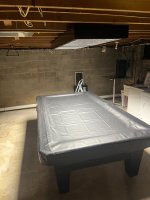 IMG_1728.jpg163.3 KB · Views: 126
IMG_1728.jpg163.3 KB · Views: 126 -
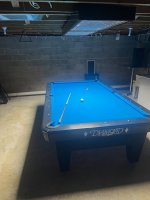 IMG_1731.jpg140.8 KB · Views: 129
IMG_1731.jpg140.8 KB · Views: 129 -
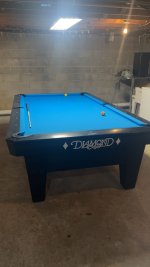 IMG_1389.JPG77.8 KB · Views: 137
IMG_1389.JPG77.8 KB · Views: 137 -
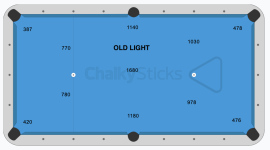 Screen Shot 2025-09-14 at 4.47.45 PM.png58.6 KB · Views: 138
Screen Shot 2025-09-14 at 4.47.45 PM.png58.6 KB · Views: 138 -
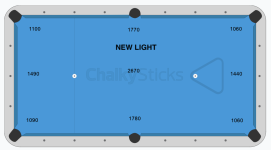 Screen Shot 2025-09-14 at 4.41.40 PM.png57.2 KB · Views: 139
Screen Shot 2025-09-14 at 4.41.40 PM.png57.2 KB · Views: 139
Last edited: